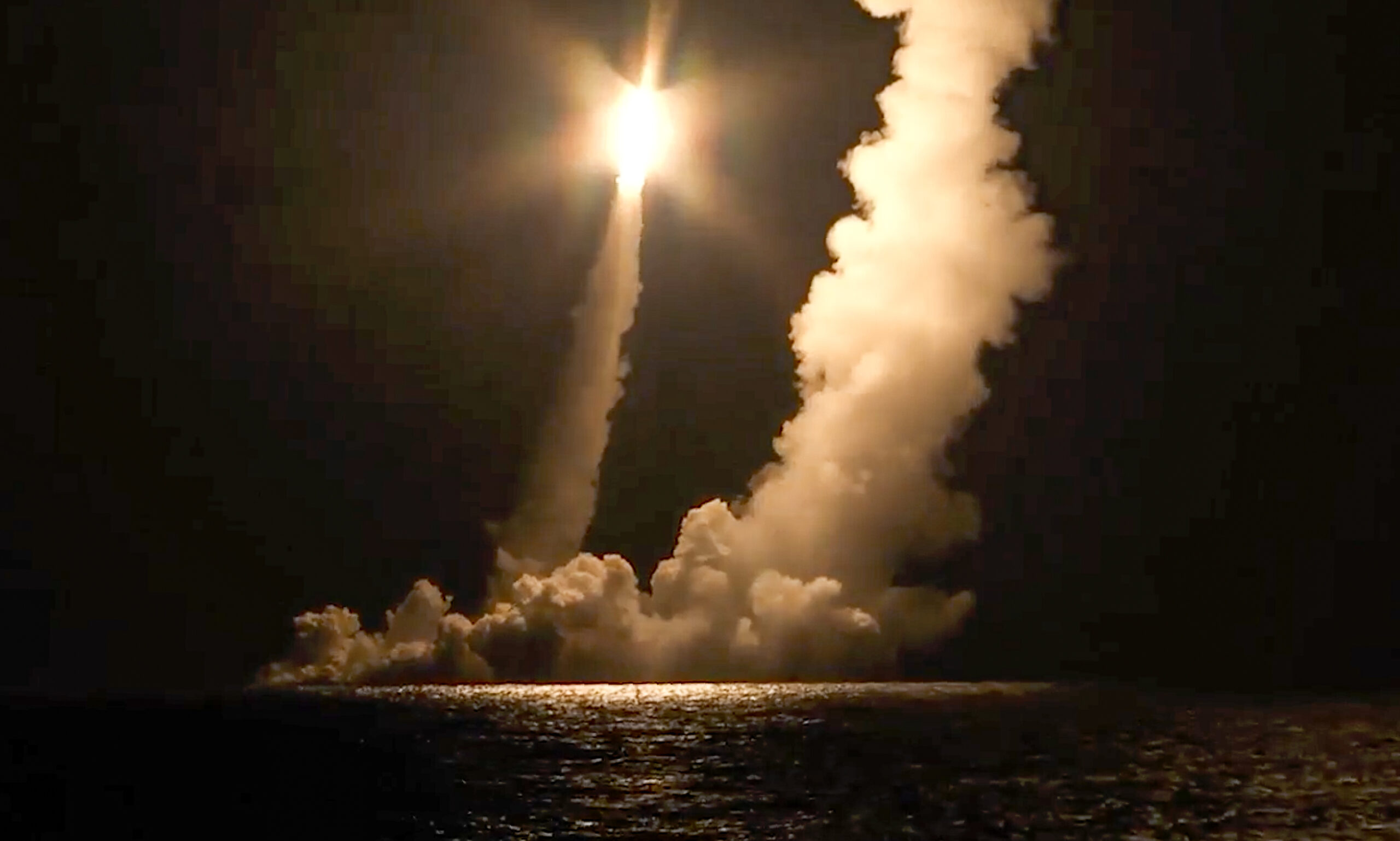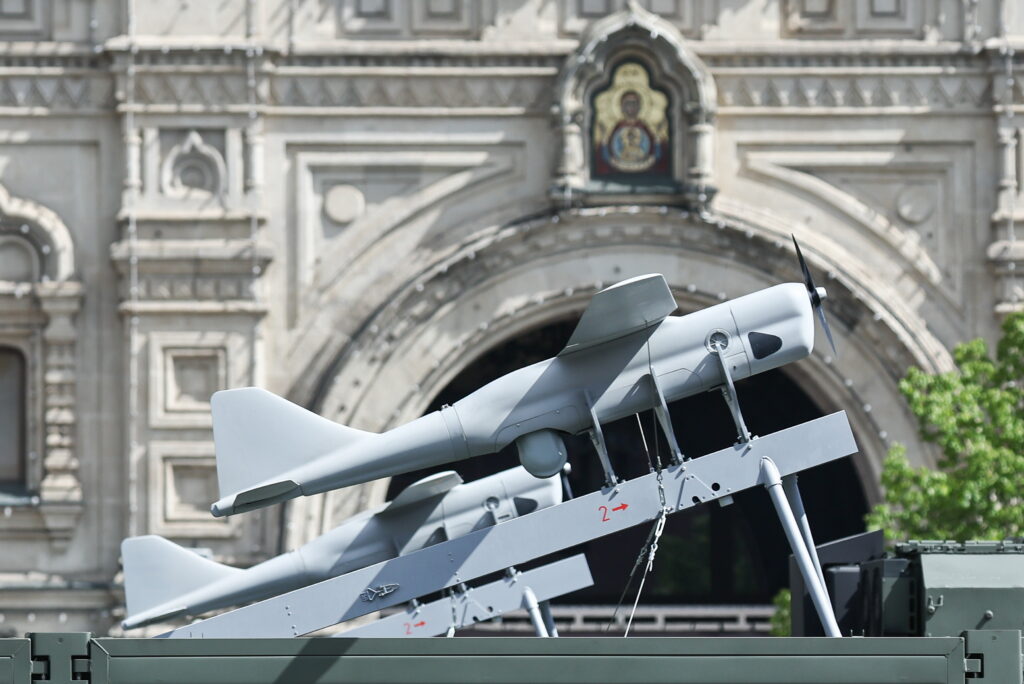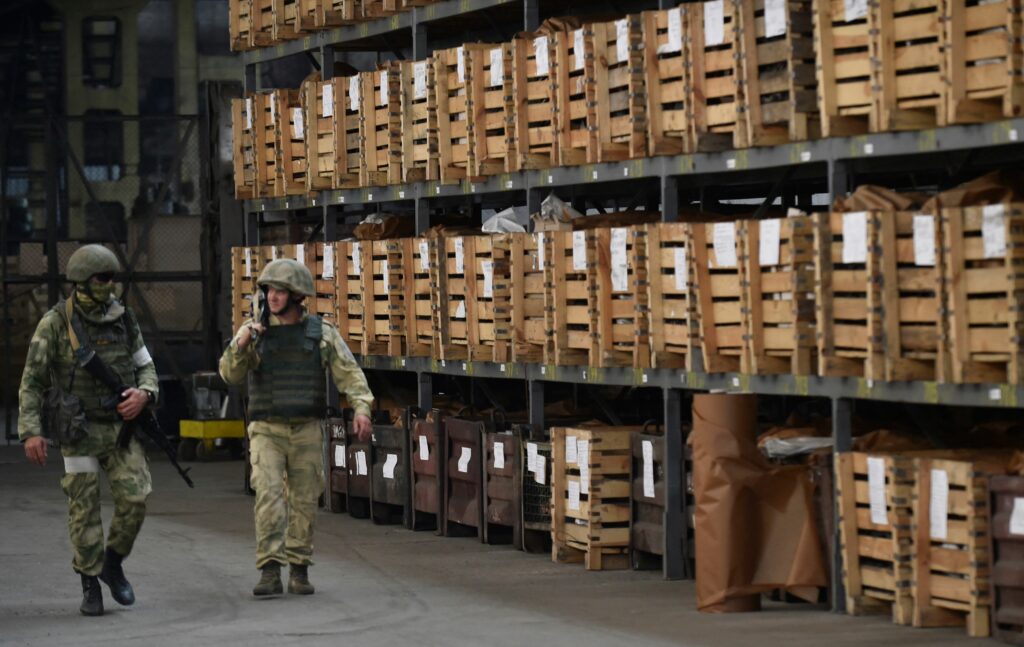Just two months before the end of his presidential term, Joe Biden greenlit Ukraine to use US-made ATACMS missiles for striking deep into Russian territory. The range of these missiles is about 300 km.
It is highly likely that Washington will closely monitor how Kyiv will use these missiles; ATACMS will most likely be used only in the Kursk Oblast, part of which is under Ukrainian control, and where the Russian army is conducting a counteroffensive involving troops from North Korea. According to some reports, Vladimir Putin had given instructions to liberate the territory of the Kursk Oblast by January 20, the day of Donald Trump’s inauguration. With the news of Biden’s decision, the question predictably arose of how Russia will respond to deep strikes on its territory with American weapons, given that NATO soldiers will provide coordination.
Earlier, Putin had said that the response to any long range strikes greenlight would be provision of long range weapons to North Korea. On another occasion, in September 2024, Putin said that such an escalation by NATO countries would mean their direct participation in the war. The Russian president also announced plans to change the Russian nuclear doctrine, equating «aggression by a non-nuclear state, but with the participation or support of a nuclear state, as a joint attack.»
The current dynamics of events once again bring us back to the question of Russian red lines — and the possible use of nuclear weapons by the Russian Federation.
Russian Red Lines
Threats to use nuclear weapons by Russian officials and Russian propaganda have been heard for the third year already. It is quite possible that Russia has deployed tactical nuclear weapons in Belarus. Russian experts and politicians have repeatedly called on the Russian leadership to launch nuclear strikes against both Ukraine and NATO countries.
By the end of 2024, we can state that the fear of crossing Russian red lines (which would supposedly be followed by the threat of nuclear war) has begun to wane. The reason for this was the constant shift of these red lines further and further. Since 2022, Ukraine and the West have crossed more than a dozen of these red and maroon lines, starting with NATO expansion to Finland and Sweden, Western arms supplies to Ukraine, Soviet MiG-29 fighter jets to Ukraine, long-range missiles, Western-made rocket systems, Soviet tanks, offensive weapons from Germany, as well as attacks and strikes on Russian territory (within the 2014 borders), supply of HIMARS and Patriot missiles, F16s, HIMARS strikes on Crimea, and Western tanks. And that’s not even a complete list.
Each time, Moscow responded with strikes on Ukraine, escalating attacks on civilian infrastructure and military (or not quite) targets in Ukrainian cities, always with civilian casualties.
The question of whether the Kremlin has any real red lines at all is still open. But we can say with certainty that at least two of the many red lines voiced in recent years do indeed look real — this is the open participation of NATO soldiers in military operations on the territory of Ukraine and the «establishment of no-fly zone over Ukraine» and the use of airfields in NATO countries for strikes on the Russian army.
Strikes with long-range ATAMCS missiles on the territory of Russia, if we are talking about the existing theater of military operations in the Kursk region, are more likely to fall into the list of red lines that will be crossed and will cease to be red lines.
That said, if assumptions here are incorrect — and we cannot say with certainty which red line exactly can fundamentally change Vladimir Putin’s approach to «escalation» — what could be Russia’s response to ATACMS, other than a nuclear strike?
Nuclear Strike alternatives
The most predictable and obvious will be an increase in strikes on Ukrainian cities and civilian infrastructure facilities in anticipation of the winter cold. In November 2024, we are already seeing an increase in the frequency of strikes on Ukraine and the number of missiles and drones used in each attack. This trend is likely to continue to gain momentum.
Russia may also return to its 2022 threat to attack Western convoys with weapons coming from NATO countries to Ukraine. First of all, we are talking about a large hub in the area of Polish Rzeszow and the route continuing through Przemysl towards Lviv; strikes can be carried out on convoys immediately after crossing the Polish Ukrainian border.
Russia may also increase strikes on «decision-making centers», in particular on the office of the President of Ukraine — this is the logic expounded by Russian pro-war bloggers. Moving to the next level of escalation, but one step below a nuclear strike, are strikes on Ukrainian energy and nuclear infrastructure, with the aim of causing a technological disaster. This could also include major sabotage of the pipeline that still carries Russian gas through Ukraine to the EU. Both of the above measures were mentioned by Russian experts back in 2022 as possible measures to convince the West to make significant concessions and accept Russia’s conditions for ending military action in Ukraine.
With regard to Western countries, it is quite logical to expect an increase in various forms of sabotage and subversion on the territory of Western countries, as well as an increase in support for any political forces and groups capable of pushing Western countries towards internal instability and protests. We should not forget about cyberattacks, which are regularly practiced by Russian intelligence agencies.
Pros and cons of a nuclear strike
But if we do imagine a scenario in which Vladimir Putin decides to launch a nuclear strike on Ukraine, what might it look like?
The tactical sense would be to destroy a concentration of Ukrainian forces — for example, in the Kursk region. Then the strike would technically take place on Russian territory. Given the geography of the zone controlled by Ukrainian forces, one strike would probably not be enough, and the international reaction to the use of nuclear weapons would be the same, whether with one strike or ten. Thus, Russia could immediately destroy significant Ukrainian forces, qualitatively changing the balance of Russian and Ukrainian forces in the theater of military operations.
The negative consequences of such a strike would be catastrophic. If a nuclear strike were carried out on Russian territory, the probability of a «retaliatory strike» by any of the nuclear powers tends to zero. But it is likely that only North Korea will not condemn the use of nuclear weapons.
There is no doubt that even China and all other allies and friends of Russia will refuse any support for Moscow. The most logical consequence will be a complete embargo on Russia — the cessation of any economic contacts, until the extradition of those responsible for the use of nuclear weapons; demands for the complete denuclearization of Russia and a long list of preconditions under which Russia, but certainly without Putin, will be able to count on at least some contacts with the outside world.
In such a scenario, Ukraine will be provided with any assistance, without restrictions and restraining factors.
Let us note, however, that the probability of such a scenario tends to zero, because the Russian leadership understands perfectly well that the use of nuclear weapons will not be the end of the war, but the beginning of a confrontation with literally the entire world, where Russia will have no chance of winning.
The Russian regime (with the exception of its very top, who are engaged in «geopolitics») before the war and even during the war does not lose its main function — obtaining financial benefits: be it from the sale of energy resources and trade, or supplying the army and parallel imports. It is impossible to imagine beneficiaries from the use of nuclear weapons, except for a small group of fanatics. And no matter how one characterizes the logic of Putin’s behavior and motives, he clearly does not seek a quick death, which would become extremely likely after the use of nuclear weapons. Therefore, the response to the ATACMS strikes will not be a nuclear war, but a strengthening of the existing tactics and practices of the Russian state both in relation to Ukraine and Western countries.










